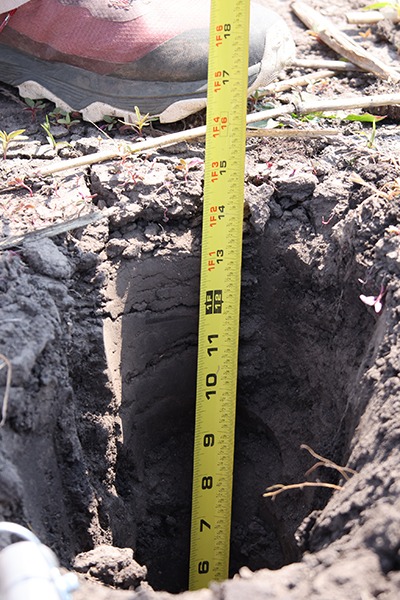How Do Agricultural Emissions Compare to Other Sectors?
Content adapted from The Context Network “Get Smart, Stay Smart” Ag Carbon Service.
The short answer: Compared to other sectors globally, food production (including retail, transport, processing, farming, and land use) accounts for 26% of all greenhouse gas emissions as of 2019.

Figure provided by the Context Network, LLC.
How does ag stack up?
- Non-food emissions account for 76% of greenhouse gases, according to the report “Global Greenhouse Emissions From Food Production” in 2018. (Alternate source: Our World in Data, 2020)
- Reducing food’s environmental impacts through producers and consumers | Science
- Non-food sector emissions are primarily from energy use. Generating electricity, heat, and transporting goods and people across the globe accounts for three quarters of all emissions. Industry, transportation, building, and fuel combustion add up.
Within agricultural emissions you can break it down even further.
- The agricultural supply chain—including retail, packaging, food transport, and processing, accounts for 18% of total food sector emissions.
- Livestock and fisheries are a heavy hitter. Together, livestock and fish farms emit 30% of the total greenhouse gases in the agricultural sector.
- Crop production for both animal feed and human consumption account for another 27% of ag emissions.
- Land use—for both human food production and livestock grazing—accounts for the final 24% of emissions.
The big picture: Detailed information about which sectors emit greenhouse gases—and how much they generate—is critical for helping us better manage emissions. After all, if you know which aspects of food production are emitting greenhouse gases, we can take steps to change them!
Photo by Lance Cheung and courtesy of USDA.








